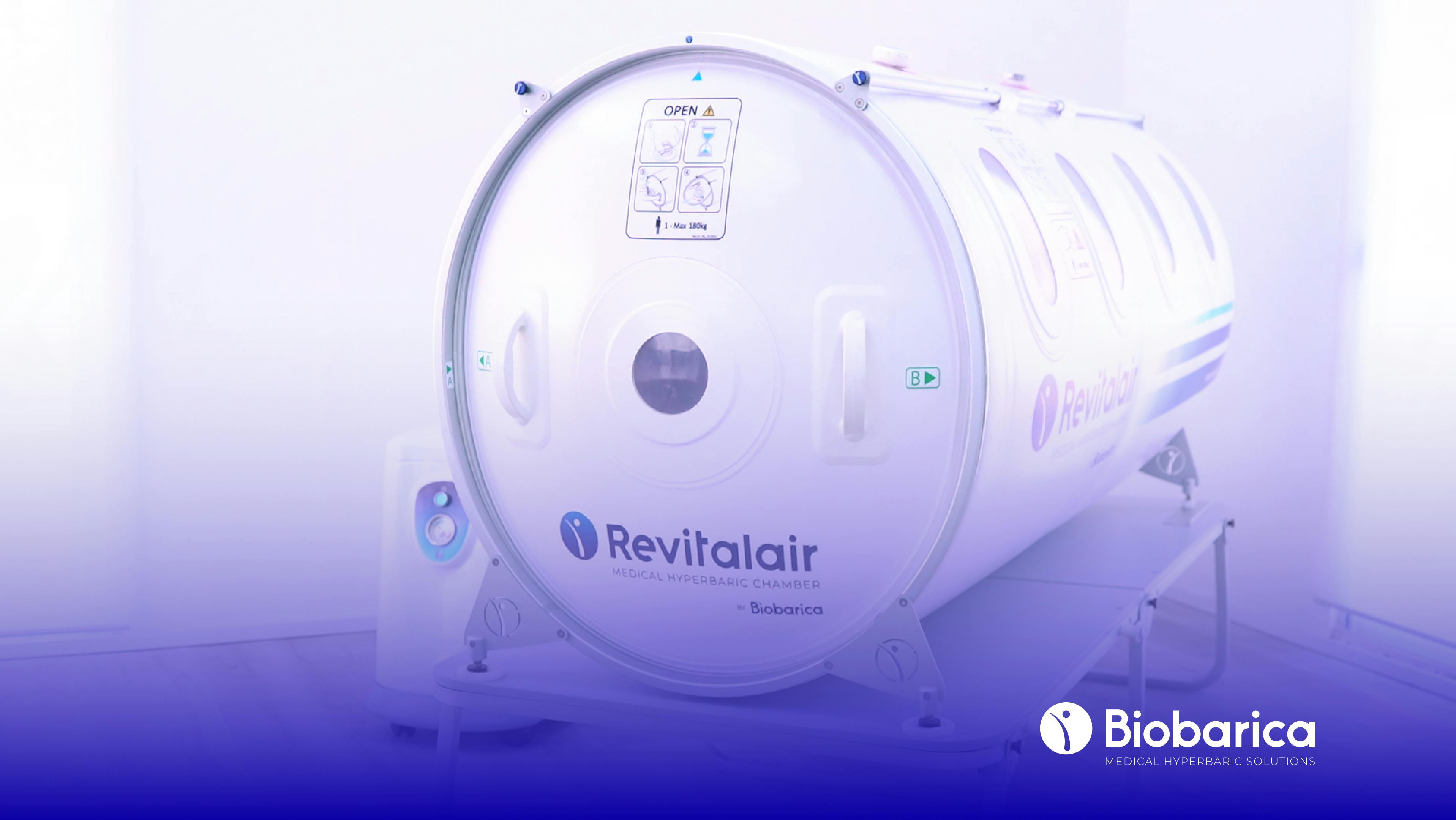May 12, 2023
1m 54s
Share:
Dr. Pedro Lara, oncologist and university professor, led an investigation with his team using Revitalair 430F hyperbaric chambers, the only devices on the market that achieve effective and safe pressure.
Late severe radiotoxicity is a side effect of radiotherapy that can cause fibrosis and tissue necrosis, which significantly affects the patient's quality of life. Hyperbaric oxygenation treatment (HBOT) generates strong hyperoxia, a significant increase in blood oxygen, which triggers several beneficial physiological effects for the organism. For this reason, more and more health professionals are choosing to add this therapy to their medical practice, since it not only improves the patient's symptoms but also his biological functions. In the case of patients with radiation-induced toxicity, hyperbaric oxygen can compensate for tissue hypoxia by reducing tissue edema, promoting healing and preventing infection by stimulating leukocytes and regulating immune system function by promoting blood flow within ischemic tissues.
In a prospective pilot study conducted by Dr. Lara and his team, the impact of hyperbaric oxygen on the quality of life of 37 patients with severe late radiation-induced toxicity was evaluated. The objective of this study is to evaluate for the first time the immediate, and long-term impact on quality of life of hyperbaric oxygen treatments in a 1.45 ATA medical hyperbaric chamber. The results indicate that hyperbaric oxygen therapy significantly improved perceived personal well-being, physical function, daily activities, symptoms and general health status. Only the cognitive aspect did not show significant improvements, although the authors indicate that: "A detailed analysis of a larger series of patients with brain necrosis and, perhaps, more precise evaluation criteria and tools should be used to know the real impact of HBOT on this domain specifically.
In this sense, therapy in a 1.45 ATA hyperbaric chamber is an effective, non-invasive and safe treatment option to improve the quality of life in patients with severe late radiotoxicity. The results obtained in this pilot study provide preliminary evidence of the positive impact of hyperbaric oxygen and highlight the need for further research on this topic. It is essential that both patients and healthcare professionals are informed about this therapeutic alternative, which can bring about a considerable improvement in a patient's quality of life.
As a leading manufacturer and distributor of hyperbaric chambers, Biobarica is committed to the dissemination and spread of hyperbaric treatment globally. Through continuous research, collaboration with healthcare professionals and commitment to excellence in patient care, we seek to enable more and more patients to benefit from this treatment. To learn more about our Hyperbaric Treatment System we invite you to click here.
*The information provided by Biobarica is for educational and divulgation purposes only, and should not be interpreted as explicit recommendations for medical treatment. Everything expressed in our interviews with medical specialists is framed in the professional opinion and clinical experience of each expert.
Share:
Related
View cookie policy.


